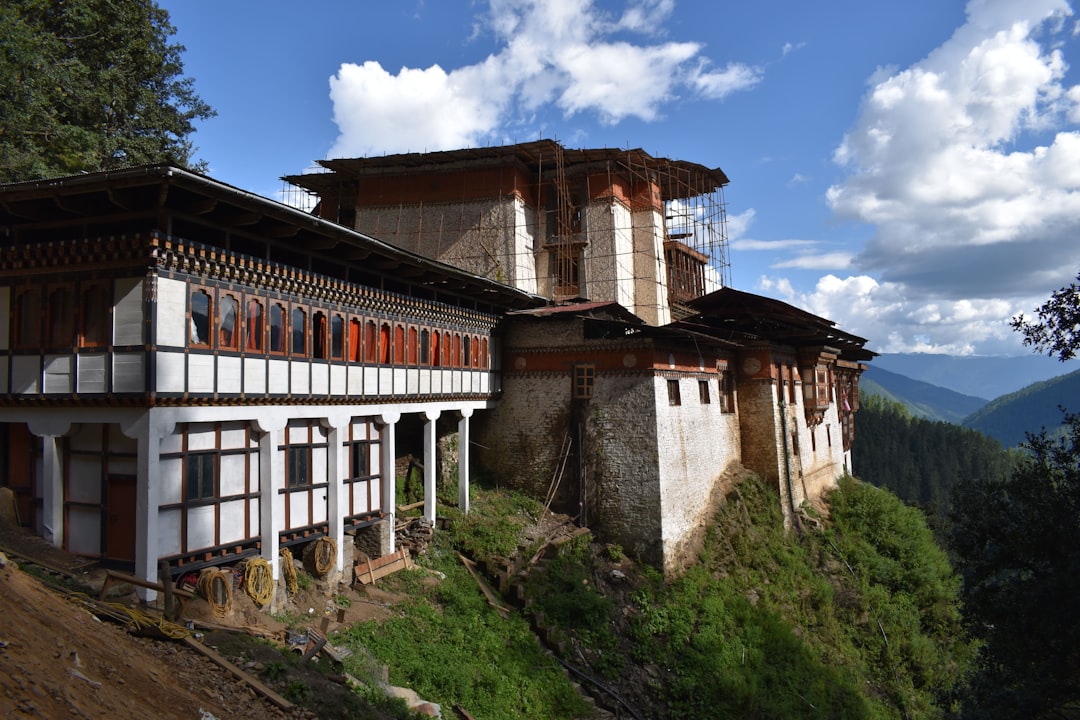The Impact of Cultural Preservation on Architecture in Bhutan
Bhutan, a small landlocked country nestled in the eastern Himalayas, is known for its unique architecture that reflects the country’s rich cultural heritage. The preservation of Bhutanese architecture is crucial not only for maintaining the country’s identity but also for ensuring the sustainable development of its built environment. In recent years, there has been a growing awareness of the need to protect and promote Bhutanese architecture through cultural preservation efforts.
Architecture in Bhutan is characterized by its traditional style, which is influenced by Buddhist beliefs and cultural practices. The use of locally sourced materials such as wood, stone, and clay, along with intricate woodcarving and painting, creates a distinct architectural aesthetic that sets Bhutan apart from its neighbors. The country’s traditional buildings, including dzongs (fortresses), monasteries, and temples, are not only aesthetically pleasing but also serve as important cultural and religious landmarks.
Cultural preservation plays a pivotal role in maintaining the authenticity of Bhutanese architecture. By safeguarding traditional building techniques and materials, as well as promoting local craftsmanship, cultural preservation efforts help to ensure that the country’s architectural heritage is passed down to future generations. This not only helps to preserve Bhutan’s unique identity but also promotes sustainable development by fostering a connection between the past and the present.
One of the key ways in which cultural preservation impacts architecture in Bhutan is through the conservation of historic buildings. Dzongs, in particular, are architectural marvels that serve as administrative centers, religious institutions, and community gathering spaces. By restoring and maintaining these historic structures, cultural preservation efforts not only preserve Bhutan’s architectural heritage but also contribute to the country’s tourism industry, which plays a vital role in its economy.
Another way in which cultural preservation impacts architecture in Bhutan is through the promotion of traditional building techniques and materials. By training local craftsmen in traditional methods of construction, cultural preservation initiatives help to ensure that Bhutan’s architectural heritage is kept alive. This not only supports local communities but also helps to maintain the integrity and beauty of the country’s built environment.
In conclusion, the impact of cultural preservation on architecture in Bhutan is profound. By safeguarding traditional building techniques and materials, as well as promoting the conservation of historic buildings, cultural preservation efforts play a vital role in maintaining the authenticity and sustainability of Bhutanese architecture. As the country continues to develop and modernize, it is important to remember the significance of preserving its architectural heritage for future generations.Architecture Bhutan
For more information visit:
Saidpiece Architects
https://www.saidpiece.com/
17899794
Saidpiece Architects, Dondrup Lam SE, Thimphu 11001, Bhutan
Saidpiece Architects is a multidisciplinary design and build practice based in Bhutan, delivering innovative, sustainable, and mindful architectural solutions. We specialize in architecture, interiors, urban design, and construction, creating high-quality, durable projects tailored to the unique needs of our clients while respecting local culture and context.

